Reportar esta entrada
Más sobre la misma comunidad-colección
El comandante. EE.UU. Grant III en la frontera en El Paso
Maj. Grant served on the Border during the time of the Punitive ...
Sra. W.R. Brown, alrededor del tiempo de su boda.
Mrs. W.R. Brown's wedding took place at the Magoffin Home. Kate ...
Rosa Washington, ex-esclava, El Paso
Rosa Washington of El Paso, Texas who was an ex-slave. Date of ...
Calle de Comercio, Ciudad Juarez
The postcard shows the main business street in Juarez, Calle de ...
Postal enviada desde El Paso, 1902
This postcard shows Apache chief, "James A. Garfield," who had ...
Mujer afroamericana cocinando el desayuno
Young Negro wife cooking breakfast, outskirts of El Paso, Texas. ...
Mexicanas entrando a los Estados Unidos
United States immigration station, El Paso, Texas - June 1938
Palacio de Justicia de EE.UU. en El Paso
The image shows the El Paso U. S. Courthouse. The U.S. District ...
Un ganso nada en el lago en el Parque Ascarate
Ascarate Park is the largest public-use recreational park in El ...
La Serpiente Emplumada - Artista Cesar Inostroza
Cesar Inostroza is the muralist who created this mural in ...

















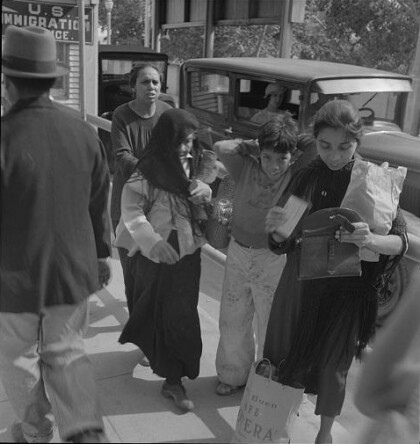
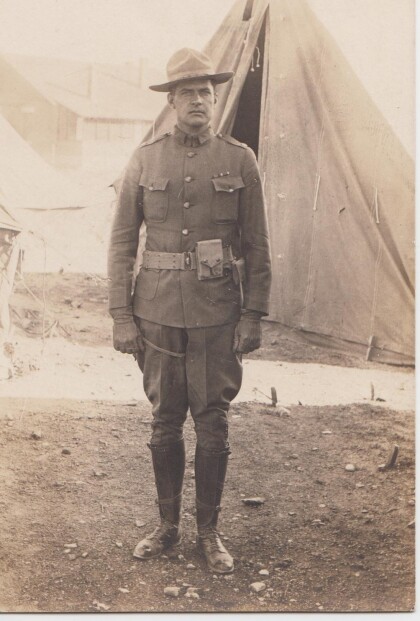
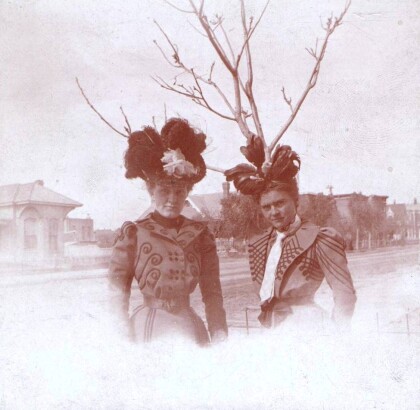
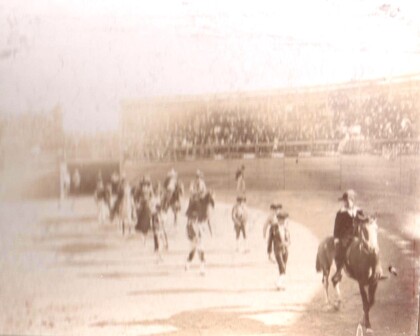
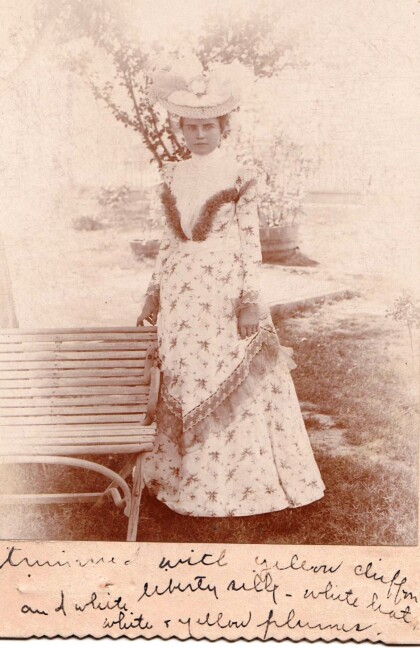
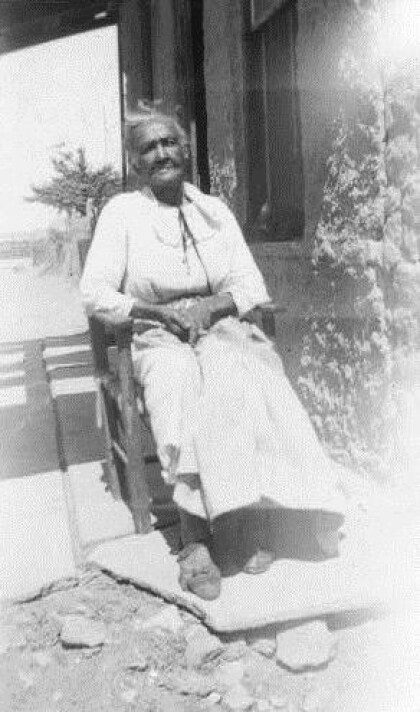
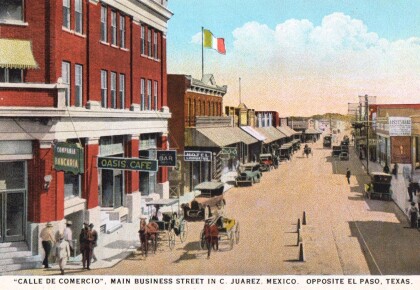
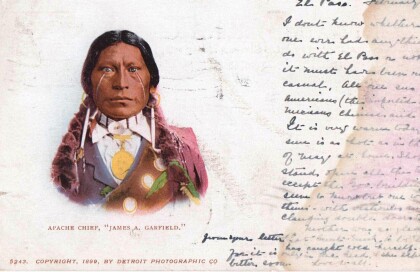
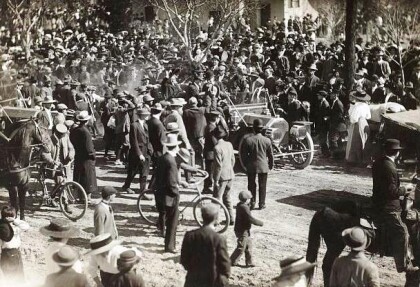
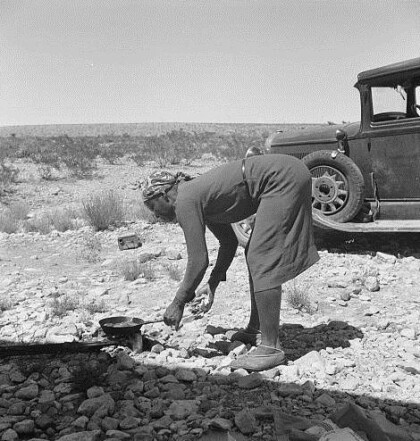
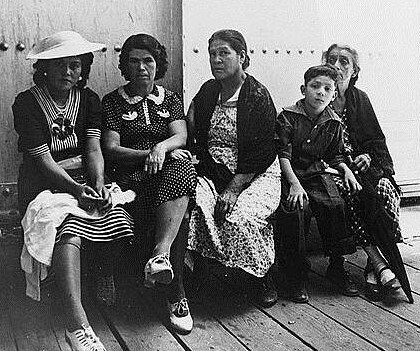
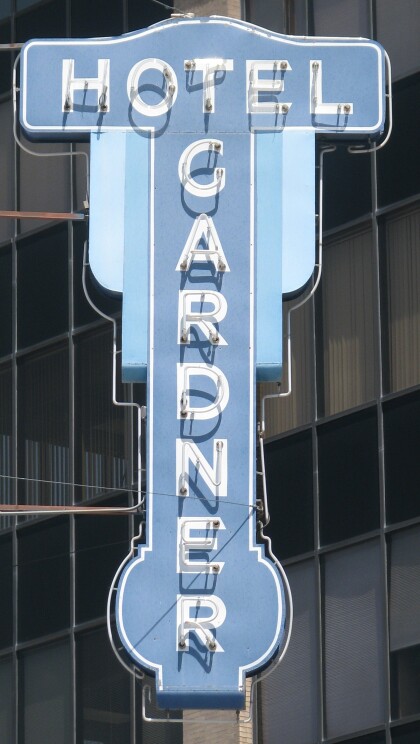
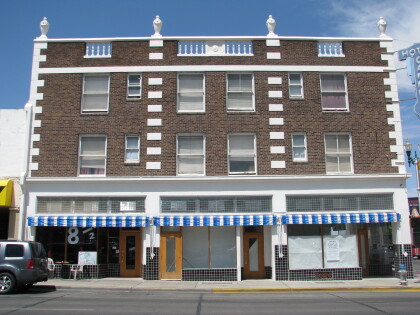
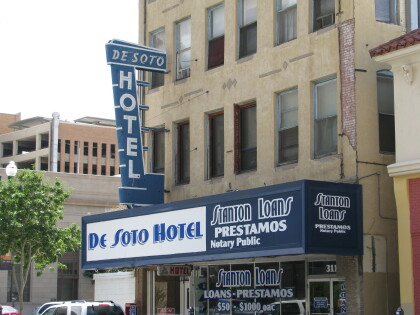
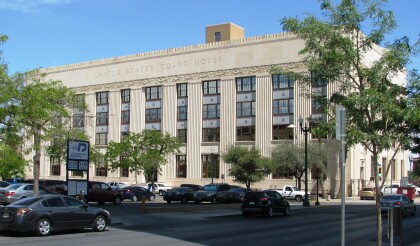
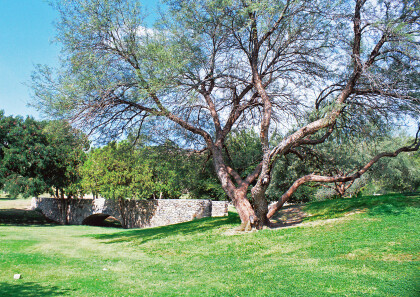
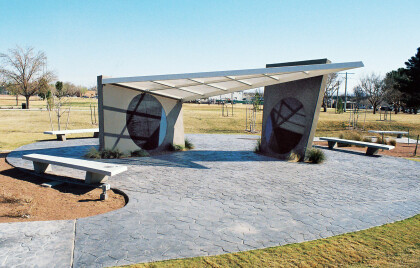
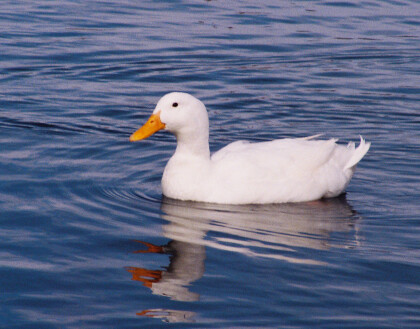
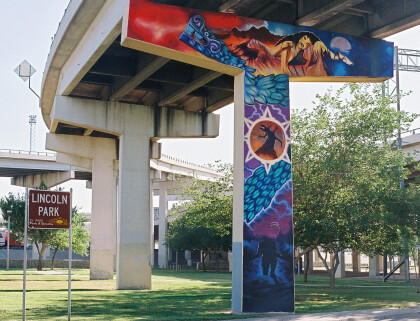
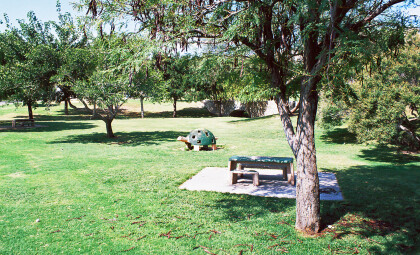
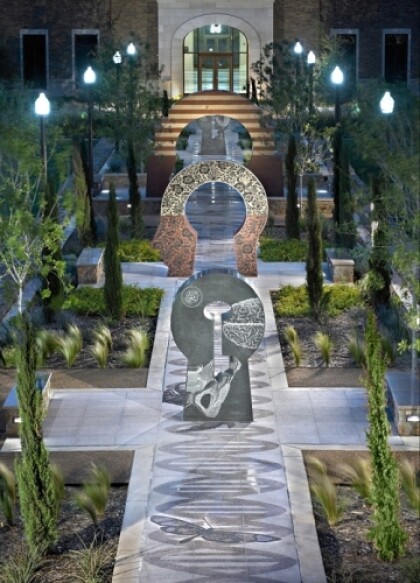
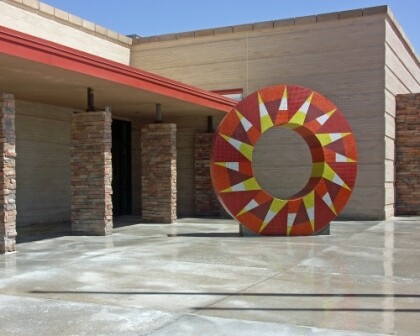
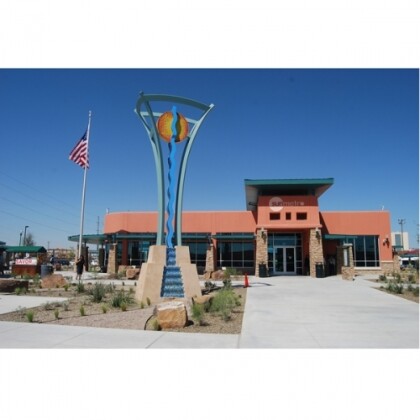
Comentarios
Hacer un comentario